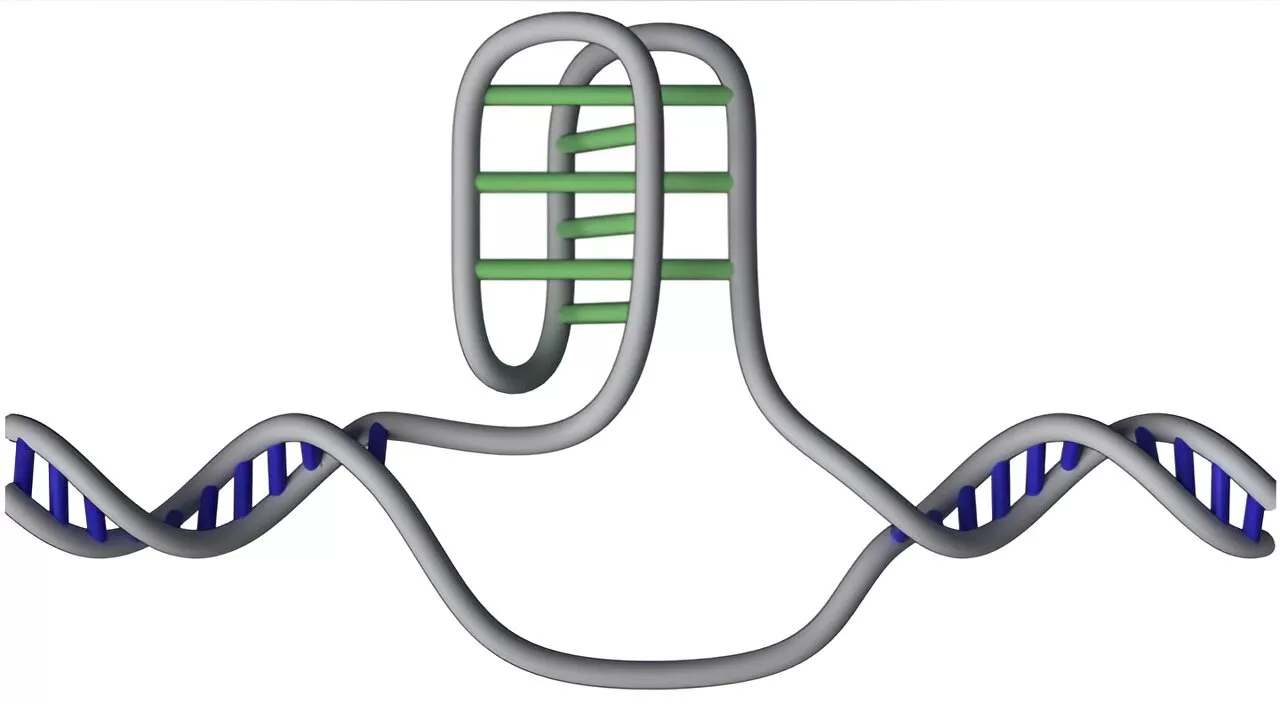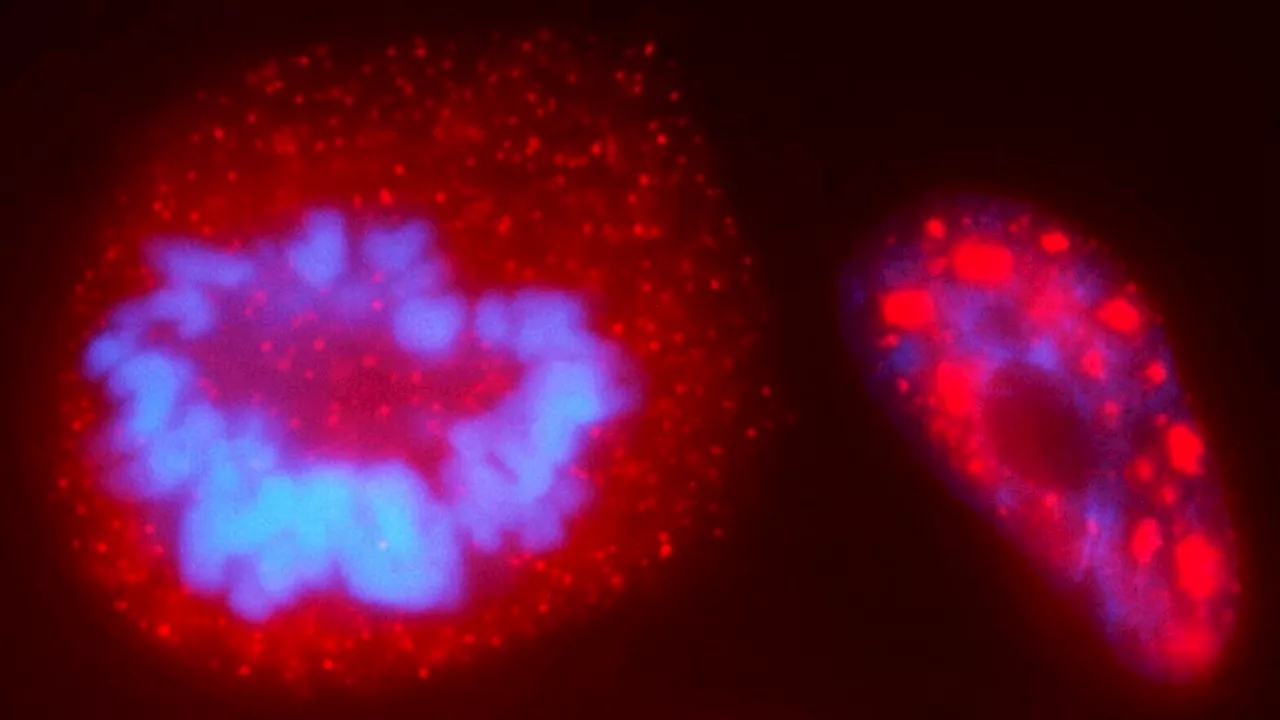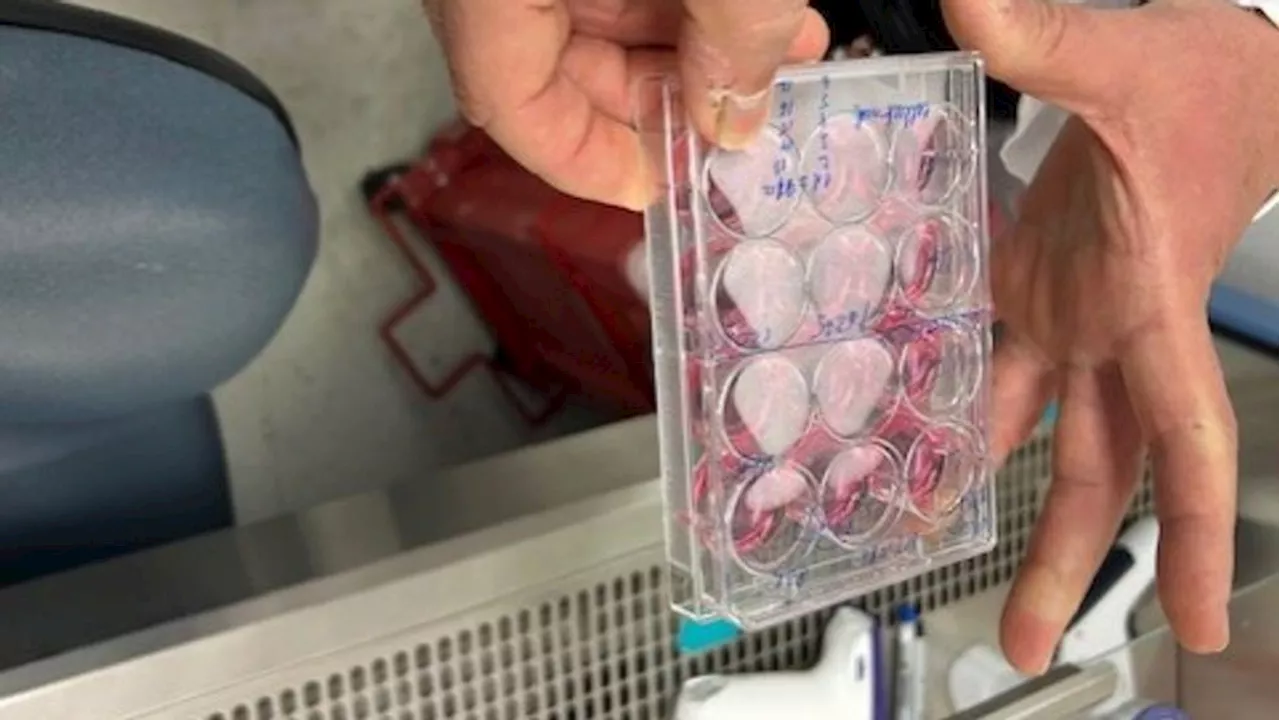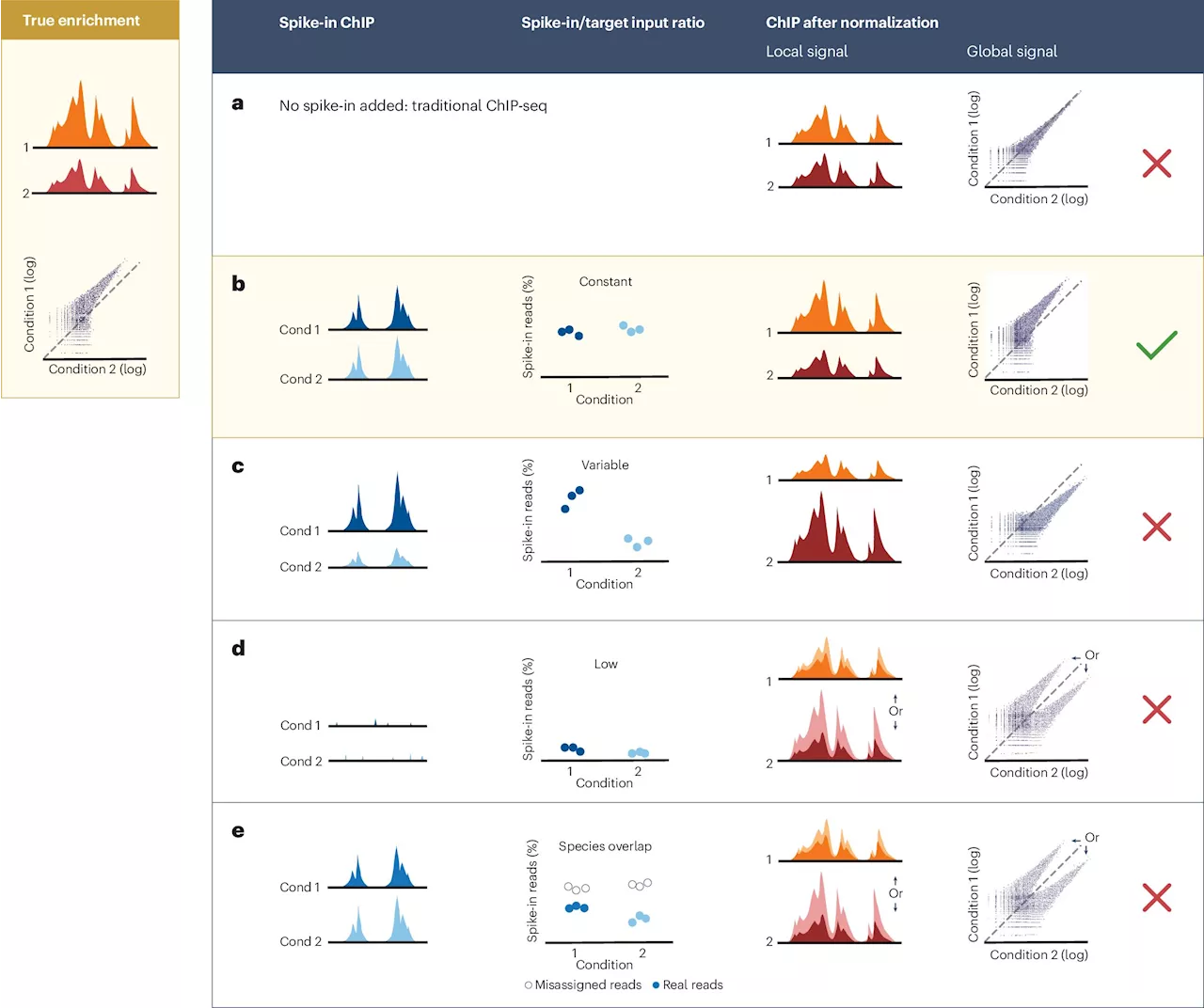Findings suggest that new genes can form by repurposing fragments of ancestral genes while incorporating entirely new coding regions (the protein-coding parts of the DNA).
Findings suggest that new genes can form by repurposing fragments of ancestral genes while incorporating entirely new coding regions . This innovative concept bridges the gap between entirely new gene formation from noncoding regions and the more traditional model in which new functions can arise from duplicated genes.
The team investigated these proteins in three unrelated fish lineages and uncovered surprising results. While the proteins in each lineage are functionally and structurally similar, they evolved independently from different genetic sources. This phenomenon, known as convergent evolution, represents a rare case of protein sequence convergence.
The group's work also introduces a new model that advances understanding of the mechanisms behind new gene evolution: Duplication-Degeneration-Divergence. This model explains how new gene functions can arise from degenerated pseudogenes -- formerly functional genes that lost their original role.
Human Biology Medical Topics Evolutionary Biology Genetics Developmental Biology Evolution Charles Darwin Origin Of Life
United States Latest News, United States Headlines
Similar News:You can also read news stories similar to this one that we have collected from other news sources.
 Researchers investigate cell-free DNA as early sepsis marker in foalsIt's hard to be a horse. It's especially hard to be a newborn foal, dropped into a world of microbes and bacteria with your sole initial defense against devastating infections being the antibodies you get from your mother's milk, or colostrum.
Researchers investigate cell-free DNA as early sepsis marker in foalsIt's hard to be a horse. It's especially hard to be a newborn foal, dropped into a world of microbes and bacteria with your sole initial defense against devastating infections being the antibodies you get from your mother's milk, or colostrum.
Read more »
 Researchers map 50,000 of DNA's mysterious 'knots' in the human genomeResearchers have mapped 50,000 of DNA's mysterious 'knots' in the human genome. The innovative study of DNA's hidden structures may open up new approaches for treatment and diagnosis of diseases, including cancer.
Researchers map 50,000 of DNA's mysterious 'knots' in the human genomeResearchers have mapped 50,000 of DNA's mysterious 'knots' in the human genome. The innovative study of DNA's hidden structures may open up new approaches for treatment and diagnosis of diseases, including cancer.
Read more »
 Researchers bend DNA strands with light, revealing a new way to study the genomeWith the flick of a light, researchers have found a way to rearrange life's basic tapestry, bending DNA strands back on themselves to reveal the material nature of the genome.
Researchers bend DNA strands with light, revealing a new way to study the genomeWith the flick of a light, researchers have found a way to rearrange life's basic tapestry, bending DNA strands back on themselves to reveal the material nature of the genome.
Read more »
 University of South Alabama researchers studying mitochondrial DNA phenomenonUniversity of South Alabama researchers are helping to pave the way for artificial mitochondria creation.Dr. Mikhail Alexeyev, a professor at the Frederick P. W
University of South Alabama researchers studying mitochondrial DNA phenomenonUniversity of South Alabama researchers are helping to pave the way for artificial mitochondria creation.Dr. Mikhail Alexeyev, a professor at the Frederick P. W
Read more »
 Technique to study how proteins bind to DNA is easily misused: Researchers offer a solutionResearchers at University of California San Diego have published new guidelines that could help scientists significantly improve their results when quantifying the interactions between DNA and proteins.
Technique to study how proteins bind to DNA is easily misused: Researchers offer a solutionResearchers at University of California San Diego have published new guidelines that could help scientists significantly improve their results when quantifying the interactions between DNA and proteins.
Read more »
 Researchers explain the organization of DNA in chromosomes from repetitive interactions between nucleosomesA new article analyzes in depth the physical problems associated with DNA packaging that have often been neglected in structural models of chromosomes. The study demonstrates that the multilaminar organization of DNA, proposed from previous experimental research, is fully compatible with the structural and functional properties of chromosomes.
Researchers explain the organization of DNA in chromosomes from repetitive interactions between nucleosomesA new article analyzes in depth the physical problems associated with DNA packaging that have often been neglected in structural models of chromosomes. The study demonstrates that the multilaminar organization of DNA, proposed from previous experimental research, is fully compatible with the structural and functional properties of chromosomes.
Read more »
